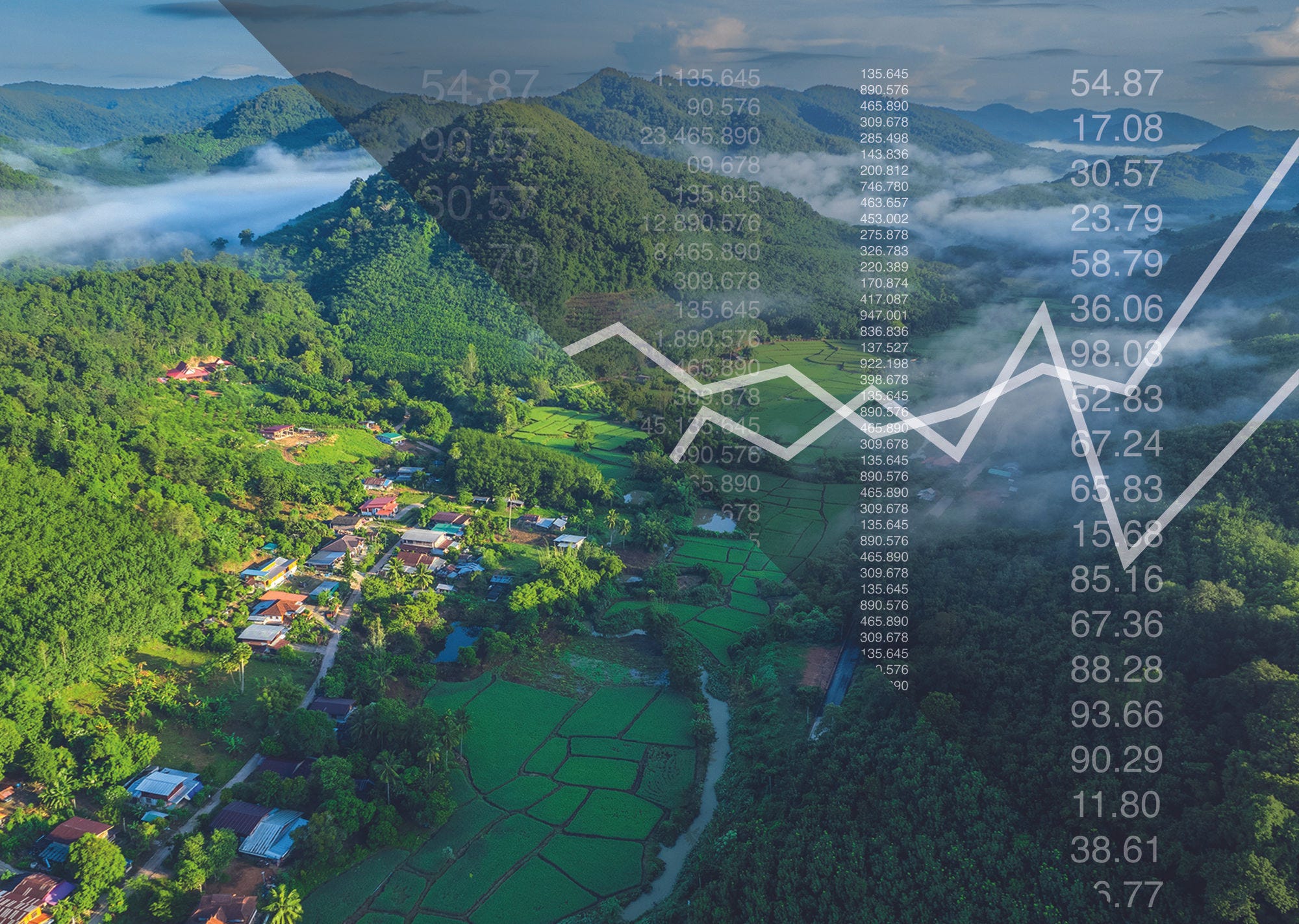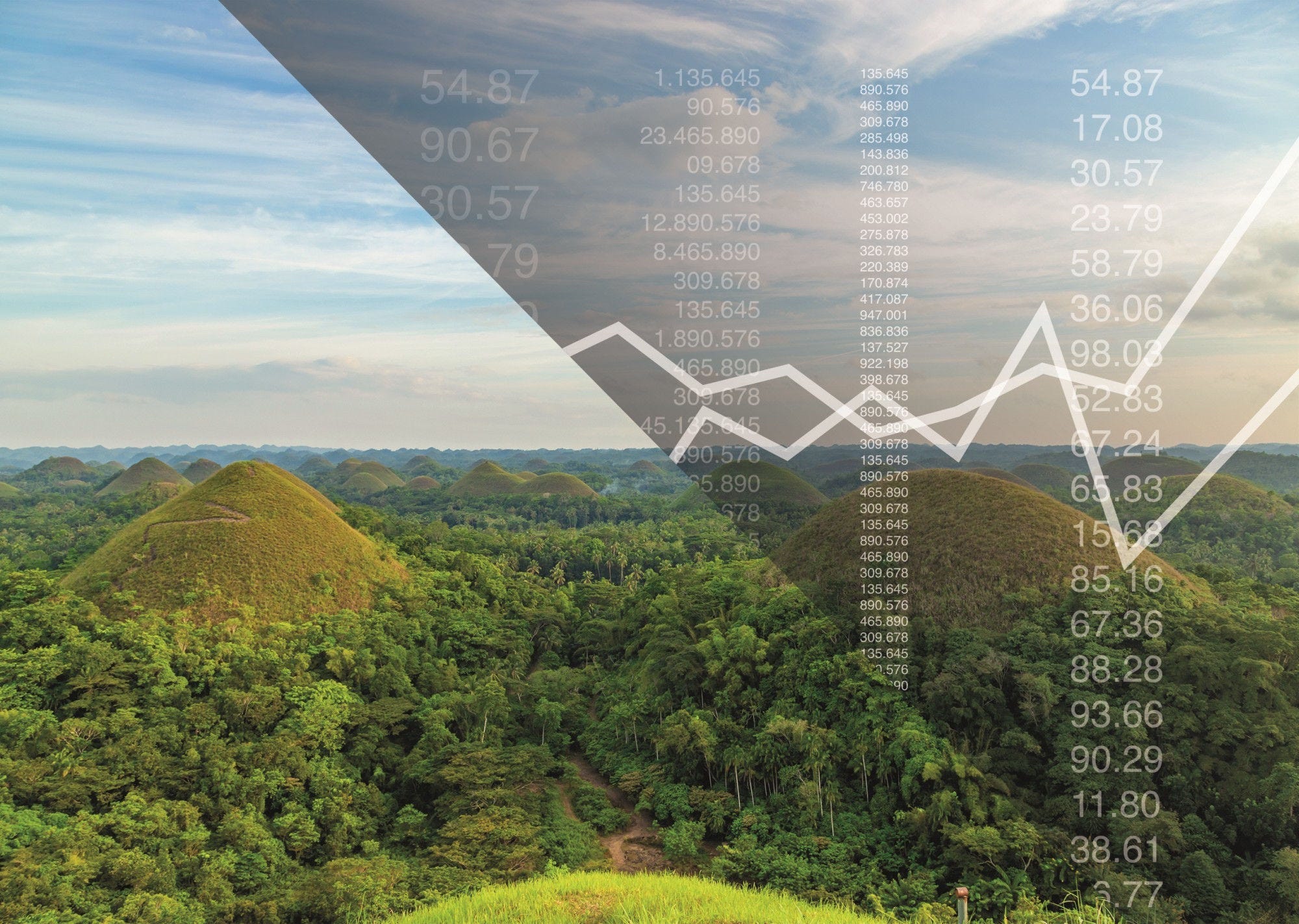This report analyses planned infrastructure projects, decision-making frameworks related to infrastructure development and strategic planning documents in eight countries in Central Asia and the Caucasus: Azerbaijan, Georgia, Kazakhstan, the Kyrgyz Republic, Mongolia, Tajikistan, Turkmenistan and Uzbekistan. It compares current investment flows with countries' national development objectives to identify misalignments and provides policy-makers with recommendations to improve the integration of climate change and other environmental concerns into infrastucture development decision-making processes. The report presents a comprehensive overview of infrastructure investment, primarily in the transport and energy sectors, throughout the region and identifies the risks and opportunities emerging from current investment patterns.
Sustainable Infrastructure for Low-Carbon Development in Central Asia and the Caucasus

Abstract
Executive Summary
Most economies of Central Asia and the Caucasus1 have seen unprecedented growth over the past two decades, reaping benefits of market reforms and taking advantage of relatively high commodity prices in hydrocarbon and metals. As they are now looking at diversifying their economies and integrating to global value chains to protect themselves from commodity price volatility, their existing infrastructure underperforms in its role to support inclusive economic development and connectivity in the region after decades of underinvestment (see Figure 1).
The Asian Development Bank estimates investment needs of around USD 492 billion (or 565 billion including climate-related needs), or USD 33 billion annually until 2030.2 Transportation infrastructure requires the most investment: Countries in Central Asia are among the world’s least economically integrated due to low density of settlement and economic activity, infrastructure bottlenecks, ageing road and rail networks and long distances to major markets, as well as numerous regulatory and policy barriers to cross-border flows. As these economies continue with their policy reforms towards market-oriented diversification, the need for effective and high-value infrastructure remains important.
Figure 1. Quality of infrastructure in selected countries of Central Asia and the Caucasus

Source: World Economic Forum (2017[1]), The Global Competitiveness Report 2017-2018, World Economic Forum, http://www3.weforum.org/docs/GCR2017-2018/05FullReport/TheGlobalCompetitivenessReport2017%E2%80%932018.pdf
In addition to infrastructure investment within individual countries, regional connectivity stands high on the economic development agendas of most of the emerging economies of Europe and Asia. There is a variety of initiatives and plans for enhancing connectivity and integration across Europe and Asia. These include the EU’s TRACECA initiative and China’s Belt and Road Initiative (BRI), as well as various projects sponsored by India, the Central Asian states and other actors to promote connectivity in the region, such as the International North–South Transport Corridor or the proposed CAREC Corridors supported by the Asian Development Bank. These initiatives represent an opportunity to promote infrastructure projects compatible with sustainable development goals, or could lock in carbon-intensive technology and unsustainable development patterns for decades to come.
Many of the infrastructure projects planned and under construction in the region do not yet fully support countries’ long-term development and climate objectives. Transport projects are well integrated into regional initiatives and could increase regional connectivity in the long-term, but their impact on domestic connectivity, local development, environment and well-being remains uncertain. In the energy and industry sectors, projects tend to perpetuate the status quo, increasing the region dependency on fossil fuel and mineral extraction and limiting economic diversification. In fossil-fuel exporter countries, investment in technologies compatible with long-term decarbonisation pathways (e.g. renewable energy) remains marginal. In countries mainly relying on hydroelectricity for power generation, planned investments tend to ingrain dependency on water resources further, despite the potential long-term threat that climate change poses to water systems in a region particularly vulnerable to climate impacts.
Mainstreaming climate and development considerations in infrastructure investment decisions and strategies is needed and requires action on multiple fronts, from upstream sustainable infrastructure planning to project prioritisation, financing and delivery. The following improvements in existing institutional set-ups and strategic documents could help countries improve consistency between their long-term development goals and current investment plans:
Developing mid-century low-emission development strategies, as encouraged by the Paris Agreement, to evaluate current projects and mid-term strategies against long-term visions and goals;
Improving coordination between ministries to develop integrated and cross-sectoral infrastructure strategies that account for the trade-offs and synergies between different SDGs;
Integrating environmental and social impacts in infrastructure project evaluation and prioritisation, through the systematic use of Environmental Impact Assessment and the adoption and implementation of international standards for sustainable infrastructure (see Annex)
Strengthening capacities related to the planning, screening, provision and operation of sustainable infrastructure projects, at all levels of governments.
Such shortcomings are also the result of an inadequate investment environment.
Notes
← 1. The report covers five former Soviet republics of Central Asia (Kazakhstan, the Kyrgyz Republic, Tajikistan, Turkmenistan and Uzbekistan) plus Mongolia, Azerbaijan and Georgia.
← 2. ADB (2017), Meeting Asia's Infrastructure Needs, Asian Development Bank, Manila, https://www.adb.org/sites/default/files/publication/227496/special-report-infrastructure.pdf.
In the same series
-
 16 November 2023
16 November 2023
Related publications
-
 Policy paper19 November 2024
Policy paper19 November 2024 -
 29 May 2024
29 May 2024










